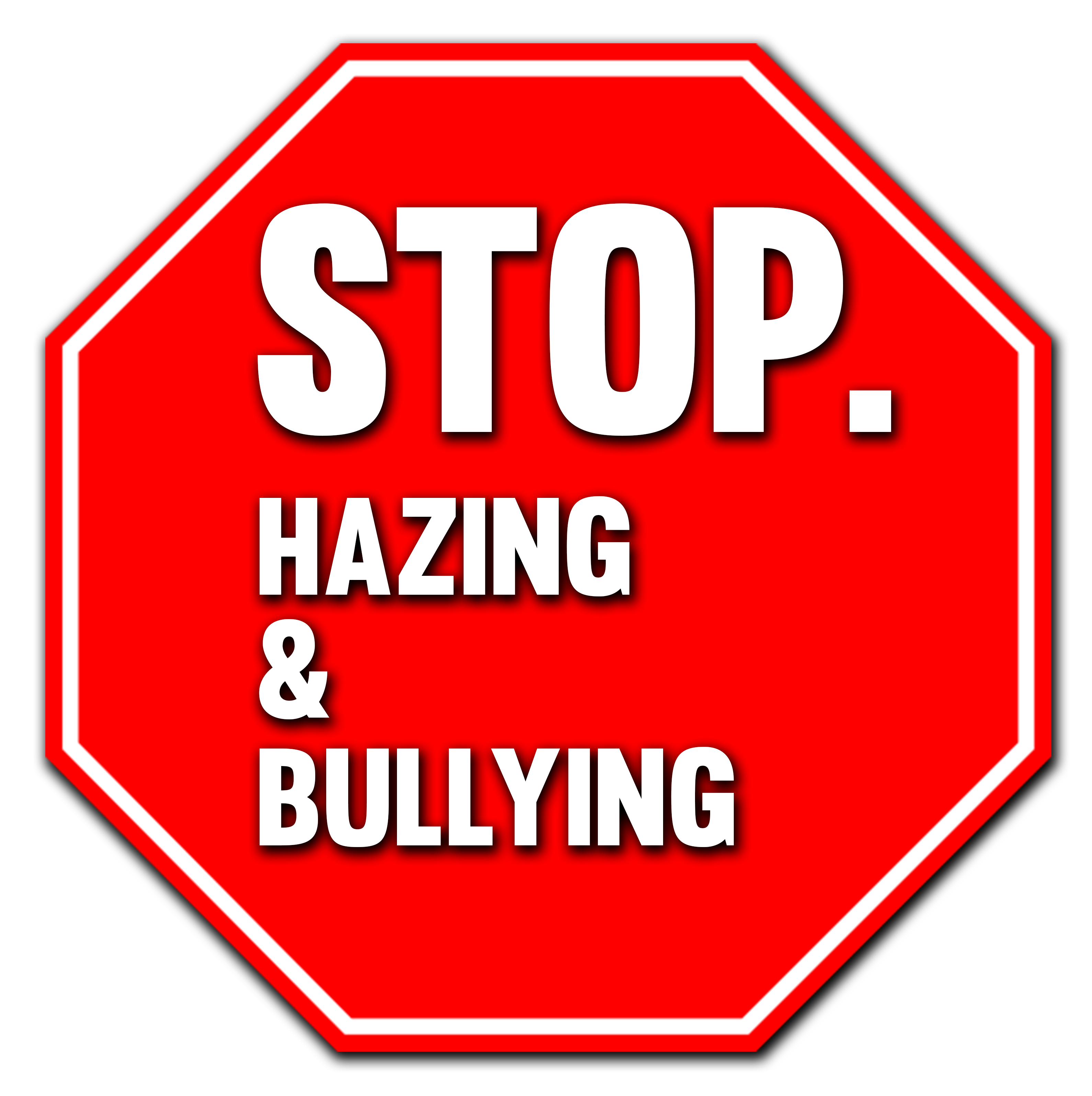| Home | About Us | Seminars | Schedule | Laws | Contact Us |
|---|
 |
 |
|---|
|
|
Tweets by @AHCnohaze | |||
|---|---|---|---|---|
|
||||
| Welcome to the home of the Anti-Hazing Collaborative!
The Anti-Hazing Collaborative was created to help schools, colleges, universities, athletic organizations, Greek organizations and local communities work to eliminate hazing and bullying. The AHC, based out of Haverhill Massachusetts, was co-founded by Dennis Goodwin and Dr. Dave Cattoi. Attend a Seminar or schedule a Training Presentation for your organization to prevent Hazing and Bullying. You and your organization will also learn how to be compliant with local and state laws. Start with a clear understanding: What’s the Difference Between Hazing and Bullying? The difference between hazing and bullying is subtle. The same power dynamics are involved. The same intimidation tactics are used. The same second-class citizenship issues arise. The only real difference between bullying and hazing is that bullying can happen to anyone, anytime and is used as a means to exclude someone. Hazing is an instrument of including people by having them earn their way into a group, occurring only in the context of being new to an organization, team or group. Bullying is about exclusion; hazing, inclusion. (According to hazingprevention.org)
Bullying is a form of aggressive behavior in which someone intentionally and repeatedly causes another person injury or discomfort. Bullying can take the form of physical contact, words or more subtle actions. The bullied individual typically has trouble defending him or herself and does nothing to “cause” the bullying. Bullies do not want the victim to be part of their group, and their goal is to humiliate, ostracize and degrade to make themselves feel bigger and better. Hazing is different because it involves a group dynamic and coercion.
Hazing is any action or situation, with or without the consent of the participants, which recklessly, intentionally, or unintentionally endangers the mental, physical, or academic health or safety of a student. It includes physical injury, assault or battery, kidnapping or imprisonment, intentionally placing at risk of mental or emotional harm (putting “over the edge”), degradation, humiliation, the compromising of moral or religious values, forced consumption of any liquid or solid, placing an individual in physical danger (at risk) which includes abandonment, and impairment of physical liberties which include curfews or other interference with academic endeavors. Signs that hazing may be occurring: • Cutting, branding, labeling, or shaving of parts of the body Contact AHC for professional training for your organization! |
| ©2015 AHC nohaze.org |
|---|